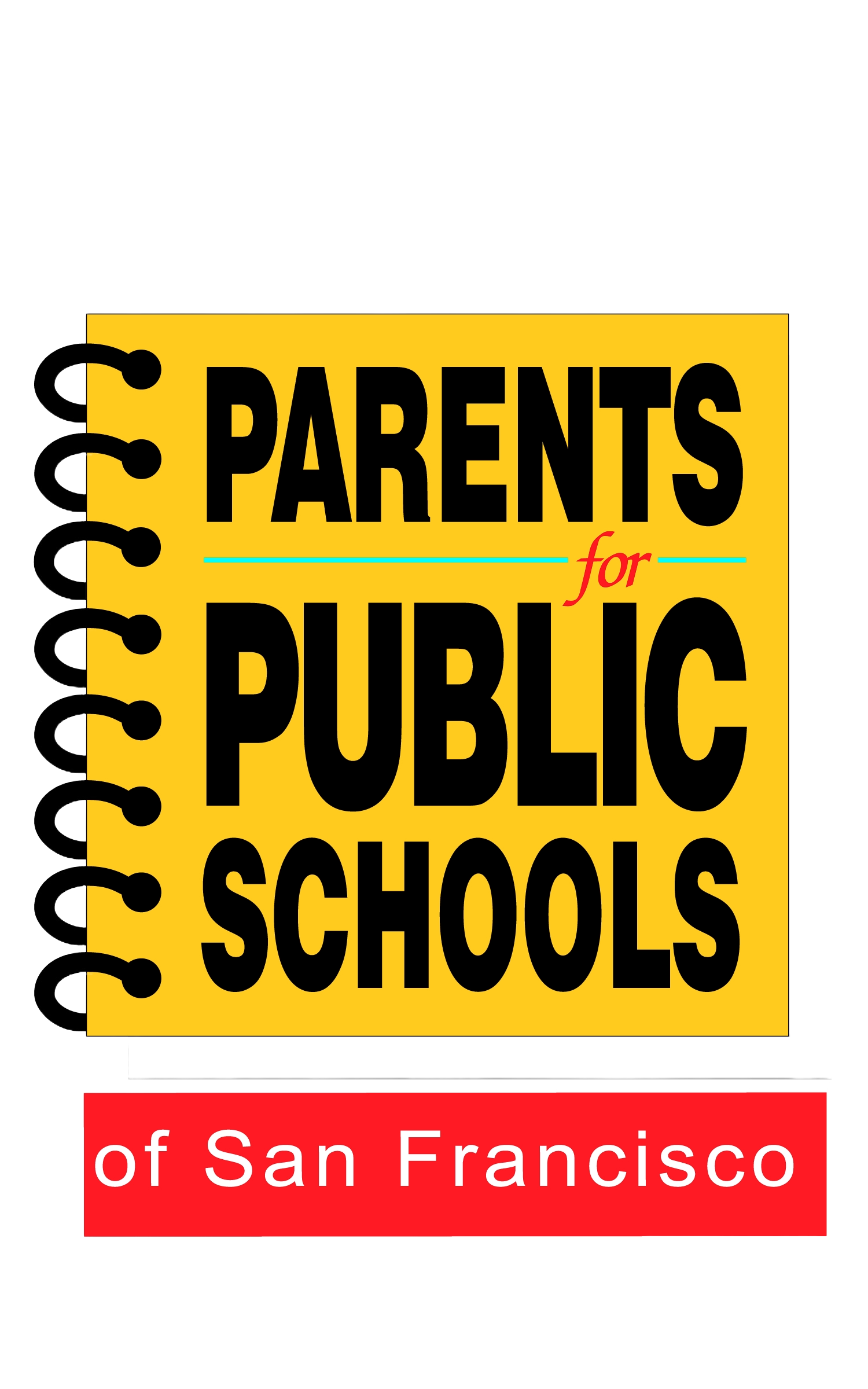Access at Risk: The Implications of Cutting School Buses in SFUSD
Animation of rocket ship, note pad, pencil, spinning wheels, compass and light bulb with the headline $2.6 million, Access at Risk
In October 2024, SFUSD abandoned its plan to close 11 schools, affecting around 2000 students, which they affirmed would have saved $22 million towards closing a budget deficit of over $100 million. While school closures got plenty of news coverage, the district was considering another kind of cut also affecting around 2000 students, for savings of only $2.6 million.
That plan was to eliminate all general education (GE) school buses, and it was included in the Fiscal Stabilization Plan presented and approved by the Board of Education in December 2024, even if district officials later clarified it was an old plan and they would not cut buses for 2025-2026 [1].
According to the contract given to transportation provider Zūm for the 2020-2023 period, SFUSD provided yellow bus transportation to 1500 special education students and 2000 general education students [2]. Curb-to-curb transportation must be provided to special education students who require it. GE transportation is not guaranteed, but is offered at 43 schools, with priority given to students from low-income households and English learners, among other criteria set by the Board [3].
Why would those buses be needed? I would argue that from the moment SFUSD encourages applications to schools across the city as early as elementary school, the district is also responsible to ensure these assignments are logistically accessible. According to a study of school choice patterns using SFUSD school applications data, residents of CTIP1 areas of the city are less likely to apply to schools further from their home, compared with the general pool of applicants [4]. CTIP1 represents areas with lower historical test scores; they are given priority within the school assignment process in order to increase access to various educational opportunities, but as the study shows, the goal of the assignment policy is undermined if it presumes the family has the means to take their children across the city to access specific programs. Muni in particular does not offer a direct alternative to school buses, considering the time commitment of caregivers having to accompany young children on the city bus. Even neglecting caregiver labor, Muni buses from southeast SF in particular are already at capacity and refusing riders during school commute hours. As Muni deals with their own budget issues, there is no evidence it would be able to raise capacity to accommodate the loss of school buses.
Not only would cutting school buses simply pass the costs to others in the form of additional caregiver labor, more crowded city buses and additional traffic congestion, the district wouldn’t even retrieve the full costs as savings, since the State of California was already subsidizing 60% of the cost [5]. This can be seen by comparing the savings projected for the cut ($2.6 million) to the cost reported for GE transportation in the SFUSD budget in 2023-2024 ($6.8 million) [6]. Based on how school bus service is currently prioritized, cutting them would also be a return to more economically segregated schools. While school closures required an equity audit, no such analysis was made regarding the school bus cuts. The district does not even compile the data that would make such an analysis possible [7].
An equitable way for the district to save on transportation costs (both public and assumed by families) is not to cut the means for students to reach their school assignments, but to change the location of program offerings and the assignment system to reduce the need for cross-town transportation at the elementary school level.
Philippe Marchand
Notes
[1] “Exhibit A: Fiscal Stabilization Plan, FY 25-26 and FY 26-27 Details” attached to the Board of Education action item G.3 at its Dec. 10, 2024 meeting. https://drive.google.com/file/d/1REDY-ZO0Nkfxd_TLxWe9pAIj8iD-D2nj/view
[4] Mentzer, K.L. “Student assignment design for the San Francisco Unified School District”. Ph.D. dissertation. Institute for Computational and Mathematical Engineering, Stanford University (on p.36: “the CTIP1 status students’ choices were found to be more sensitive to distances”).
[5] CA Ed. Code, section 41850.1 https://leginfo.legislature.ca.gov/faces/codes_displaySection.xhtml?sectionNum=41850.1.&lawCode=EDC
[6] https://www.sfusd.edu/about-sfusd/budget-and-lcap, look under “Unaudited Actuals” for FY 23-24, then the “Pupil transportation” column in Form PCR.
[7] The district responded to my Public Records Act request asking for ridership numbers per bus route and a demographic breakdown of school bus riders by stating it “does not have responsive records”. In official communications, SFUSD seems to be simply repeating the approximate figure of 3500 riders (2000 general education, 1500 special education) from the 2020 contract with Zūm even though more buses were added since then to serve middle school students.

